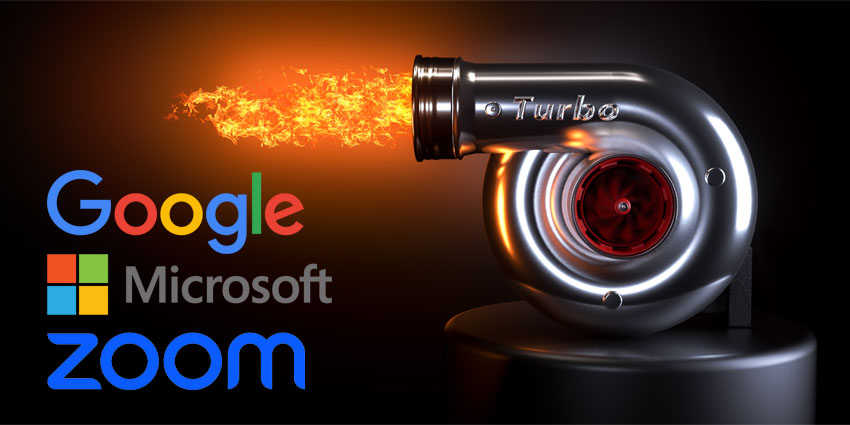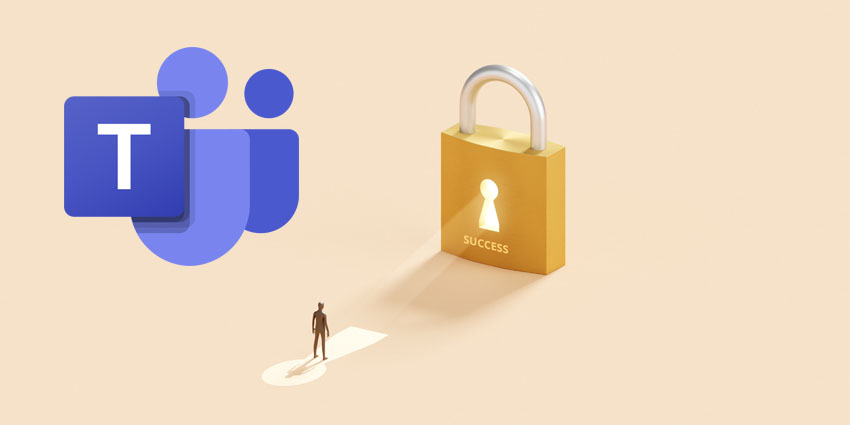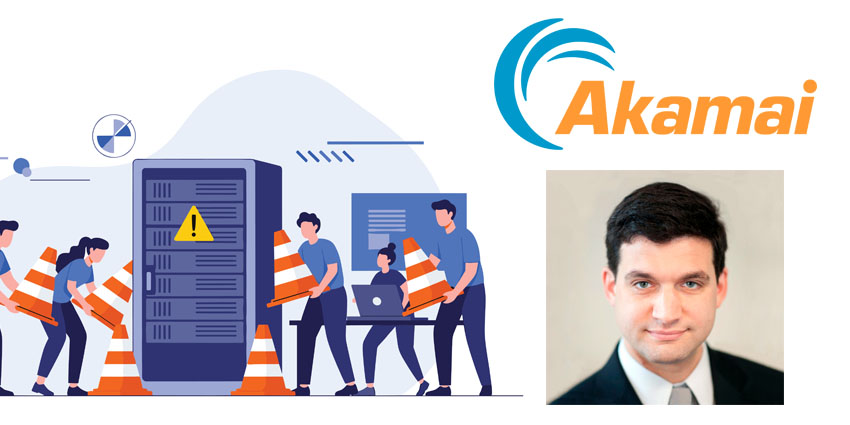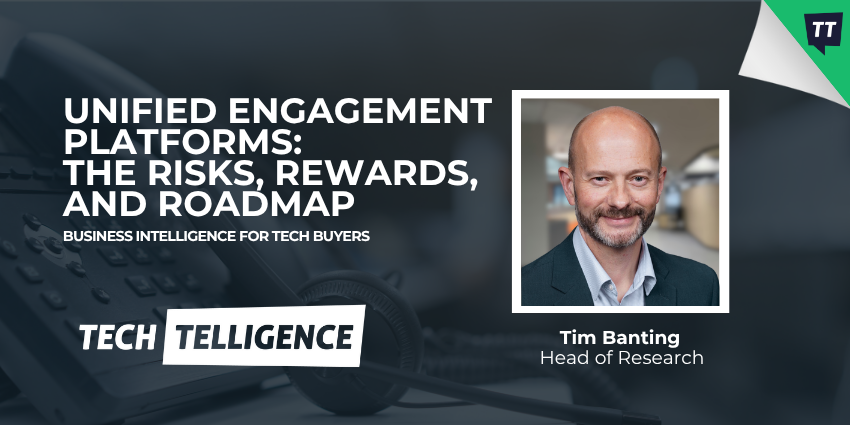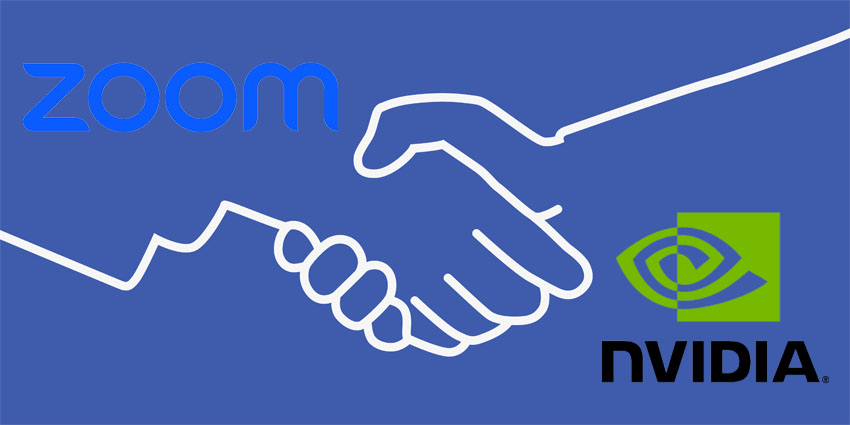Last week was a momentous one as the AI race collectively curved along a new road.
Both Google and Microsoft belatedly followed in Zoom‘s footsteps by bundling versions of their AI services into their commercial subscriptions at no extra cost.
Microsoft launched its 365 Copilot Chat solution, which adds pay-as-you-go AI agents to the existing chat experience for Microsoft 365 customers. This solution is separate from the still-existing Microsoft 365 Copilot, which remains $30 per user per month. Meanwhile, Google is making AI free for all Workspace subscribers while hiking the solution’s subscription price from $12 to $14 per user per month.
On paper, while it will likely see short-term revenue drops from no longer tying AI to separate add-ons, this democratisation of AI for tech giant customers should boost user adoption as well as improve the value proposition of their core subscriptions.
“I think it’s a very competitive market,” said Irwin Lazar, Principal Analyst at Metrigy, told UC Today during its latest Big News Show. “Microsoft’s strategy in the collaboration space certainly has a dominant position in charge. They charge for Teams Premium, and they charge for Copilot. The vendors that are trying to challenge Microsoft in this space are looking for ways to gain market share and provide an alternative.”
“So with Google, they’re bringing Gemini for Workplace to the masses for free, but with a $2 a month increase in monthly license cost. That would be the equivalent of Microsoft saying, ‘Hey, we’re gonna give you Copilot and maybe increase the price.’ So I think they’re trying to win market share. They’re trying to provide an incentive for organisations to say, ‘You know what? Maybe there is an alternative to Microsoft out there.’
Lazar stressed that Google and Microsoft are following Zoom’s lead, despite many people believing the inverse might have ended up being true. After Zoom announced AI Companion at no extra cost for Workplace subscribers, many believed it would be unsustainable and that the business would follow in Microsoft’s and Google’s steps in making AI a paid add-on.
“Here we are two years in, and Zoom’s revenues continue to grow,” Lazar said. “They continue to gain market share, and they haven’t suffered from having to eat that cost of processing those AI requests.”
“I think the Microsoft announcement is a little bit different with the introduction now of Microsoft 365 Copilot Chat as a free service with the additional agentic AI capabilities on a metred basis,” Lazar continued.
“I think they’re going after those use cases where they’re competing with a ChatGPT, OpenAI Gemini or other Meta and Grok, etc, the ones that are out there where they’re looking at ‘How do we get people to use Copilot Chat as their company-wide AI virtual assistant versus ones that are built specifically into collaboration applications.'”
“But again, I think also a lot of this is being driven by that competitive desire to grow market share as quickly as possible. I think on the Google side, it provides an alternative to Microsoft.”
Is ‘Freemium’ A Solid Strategy?
Zeus Kerravala, Founder and Principal Analyst at ZK Research, asserted that the freemium model has a clear strategy: “Get them using the product. Then, bring in the control features, the enterprise features later, and some kind of enterprise-wide subscription.”
“I do wonder, though, if that will work in this arena where the models change so quickly,” Kerravala added. “I suppose for the ones we’re talking about, like with Zoom, it’s built into the app. With Google Workspace, it’s built into the app. But then there’s all the other ones, Cohere, OpenAI and things like that, where leadership tends to ebb and flow pretty quickly.”
Kerravala noted his belief that that strategy can work within the context of a UC app, but he isn’t sure about the logistics of the various models being plugged into different applications. “I think you’ll see them intermixed,” he said. “So we’ll see if freemium works. It’ll work to some degree somewhere. But how much that works, we’ll see, I suppose.”
Lazar highlighted a key difference with AI in that when we talk about governance, “free” isn’t necessarily free.
“So I still have to deal with things like how to configure it,” Lazar said. “How do I control access and ensure data privacy and data protection for data that is now living in that AI?”
“Then the other part that we see is companies really have to invest in training. They have to teach people how to write prompts. They have to set expectations. They have to educate them as those models change. That’s still a limiting factor. The freemium model works a little bit differently in the Gen AI space.”
Kerravala astutely caveated that education and training might not necessarily be a major issue in the long-term, however: “It seems like the natural language processing capability is getting much better. So, you don’t have to be quite precise with your prompting anymore. I wonder if we’ll eventually reach a point where it’s so good at knowing who we are and what our preferences are that you can just ask a natural question, and it’s going to know.”
Are Outcome And Consumption-Based Models The Future?
“There were two things I think about hearing how you share this,” said Craig Durr, Principal Analyst at The Collab Collective. “The first thing is I still contend Microsoft has one of the most confusing branding naming models around its AI, what’s free, and what’s included across the portfolio. They’ve acknowledged that it’s a problem they plan on solving in 2025. Then they dropped this, which is a three-name, Microsoft 365 Chat Copilot. I can’t even get it straight sometimes. I don’t think they’re solving their branding naming issue.”
“But the other thing I would share, too, is if this is just the beginning of a freemium model that’s leading them to have more consumption-based purchases and even outcome-based purchases,” Durr suggested.
“So if you look to like enterprise applications out there in the world, Adobe is doing its credit-based thing for when you generate images, and you consume credits, and it’s as you use it. Zendesk, actually, for its AI agent, is experimenting with an outcome-based idea as well.”
“Now, it’s a little tricky how their pricing model is, but I guess my point is this: it’s the candy store. These are the free AI activities you get upfront with Microsoft and Google. I suspect they’re tying into these consumption-based models on the backend or something as well to continue to support their revenue streams.”
Kerravala affirmed Durr’s analysis around the the ambiguity that still exists over suitable pricing, noting that Aaron Levie, CEO of Box, posed that question on Twitter a little while ago. What is the pricing model going to be?
“Actually, at Cisco’s AI Summit yesterday, he was asked about that,” Kerravala said. “He said he didn’t know because you could go with an outcome-based model, right? You could go with a consumption model, right? You could go purely utilisation. There are so many different options.”
“You could charge with this and there’s no real industry way to do it. Even within our own space of UC and CC, we’ve asked the vendors in every meeting we go to how they are gonna price this stuff. They throw out some possibilities, but nobody has really nailed how this is going to be.”
Melody Brue, Vice President & Principal & Principal Analyst, Moor Insights & Strategy, emphasised the importance of not describing this model as “free”: “Microsoft is actually a consumption-based model, but when people don’t have it, they are going to bring their own AI, and Microsoft actually pointed out in their Work Trend Index that people are bringing their own AI for it.”
“So for companies, say somebody says they’re not a power user and they don’t want to do the full Copilot 365, the $30 per month per user, giving them this option is a much safer and cheaper option for them to give the kind of light user this option than it is for them to bring their own AI to work,” Brue expanded.
Brue suggested that while there might be some expense on the IT side for organisations to implement it and train staff, they save themselves a “whole lot of headaches on the bring your own side of it by giving people access to models that they know are safe and can control”.
Addressing The Critical Pain Points
Brue also emphasised that potentially the two most critical talking points around Gen AI in the workplace are cost and adoption. “Both Google and Microsoft are addressing those things by saying, ‘Okay, here are some options for you,'” Brue said. “Because if people aren’t going to use it, there’s just no justifying it. And if they’re not going to use it, they’re going to fall behind.”
“So they’re saying to their customers, ‘Get it in the hands of your people. Recognise the value of it. We’re going to give it to you in some capacity. We’re going to give it to you in the way that you want to consume it, whether it’s subscription, consumption, not free, or included in your subscription. We’re going to let you consume it the way you want to consume it because we need you to use it to recognise the value.'”
If companies don’t recognise the value, they’re going to walk away from it. “Then also, you, as a company, may fall behind, and you may not exist, and you’re not going to be our customer three years from now because you’re going to get eaten up by the competitor,” Brue elaborated.
“So I think this is a really smart move, and like Zeus said, nobody knows how they’re going to price things. We’re going to see this evolve. So I think flexibility is really key. I think that’s what they’re doing here may be sort of a stopgap, but it’s flexibility, and that’s smart.”
Durr highlighted Zoom’s role in this in the meantime, where it has “quietly and subtly” continued to add AI features: “They continue to enhance where AI is touching throughout their work suite. The thought I have around them is they’re continuing to make this just integrated into the fabric of the experience. So if they ever do go to a consumption-based model, it’s gonna be very confusing, first of all, where to pull it out.”
“So I think they’re really pursuing this model of holistically embracing the cost within the main license as opposed to going to consumption base or outcome base.”
UC Today’s Latest Big News Show Will Be Published Soon
